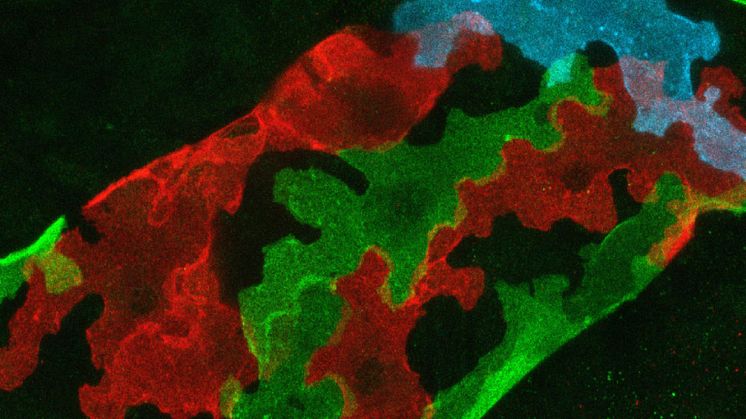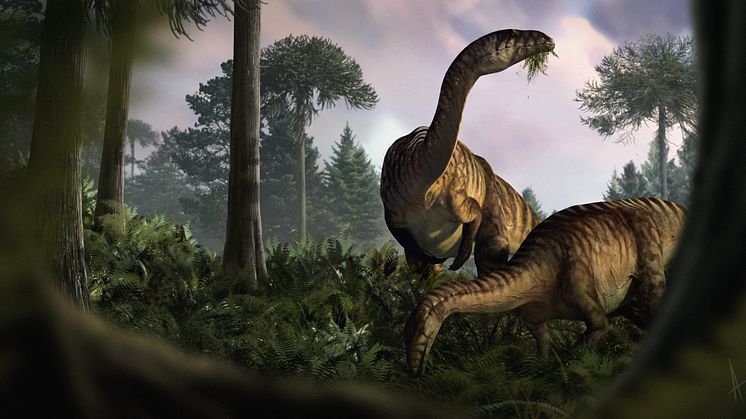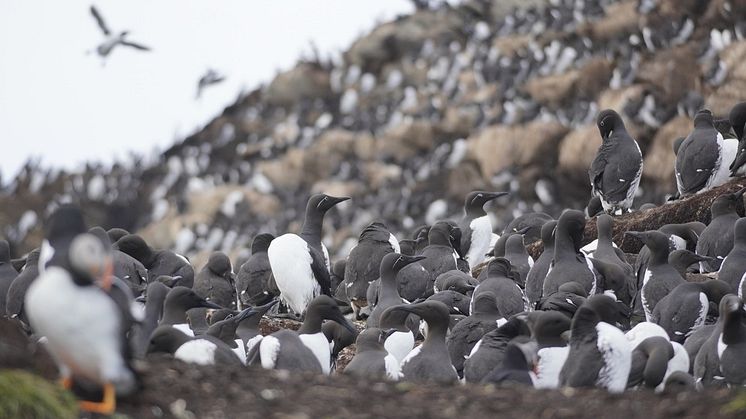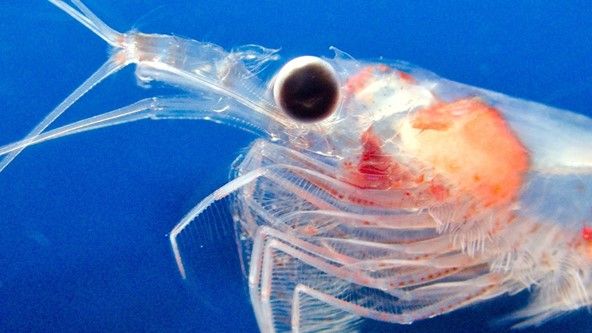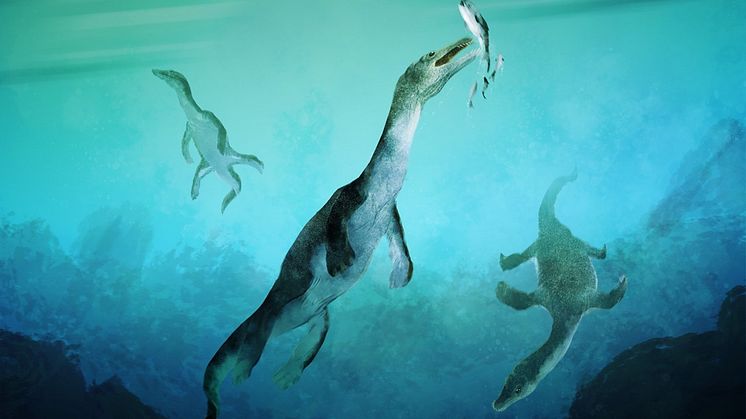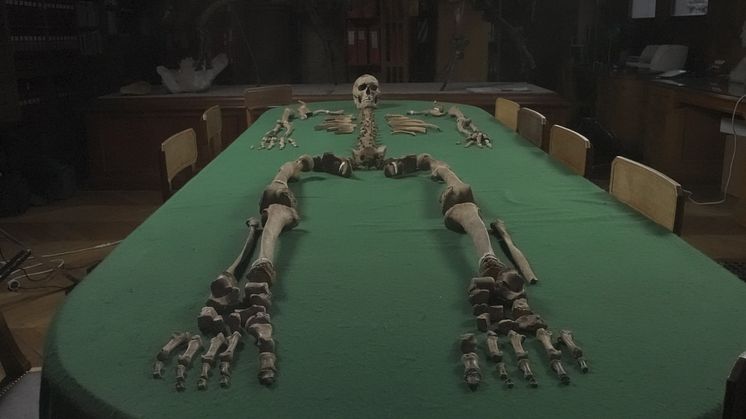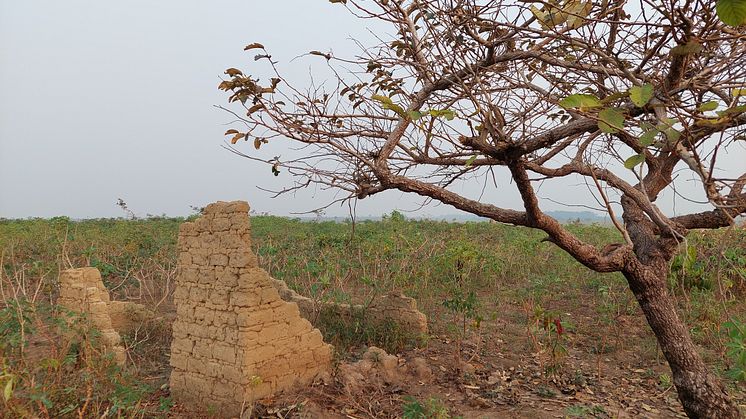Ten-thousand-year-old genomes from southern Africa change picture of human evolution
In southern Africa, a group of people lived in partial isolation for hundreds of thousands of years. This is shown in a new study based on analyses of the genomes of 28 people who lived between 10,200 and 150 years ago in southern Africa. The researchers also found genetic adaptations that likely shaped Homo sapiens as a species.







